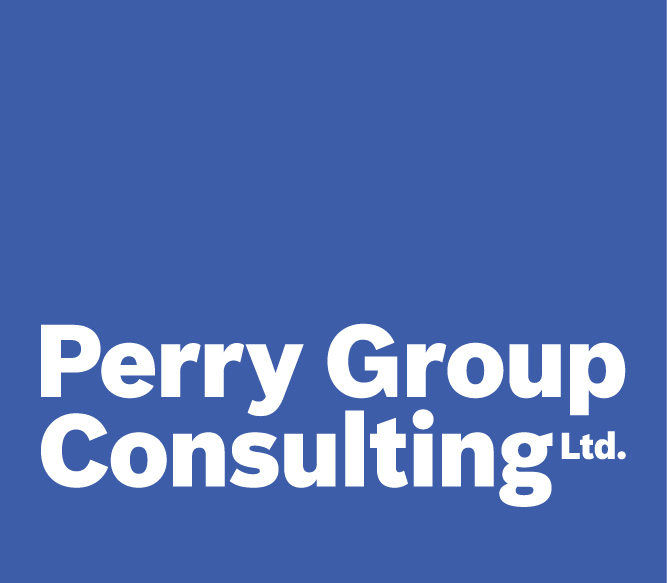Rethinking Web Content for Real Self-Service: How York Region Is Making Digital Work Smarter
Improving digital customer service doesn’t always mean building something new. Sometimes, the most powerful change comes from rethinking what you already have.
That was the case with York Region. When they partnered with Perry Group, they weren’t asking for a flashy website redesign or a shiny new tool. Instead, they had a very real, very common challenge: residents were still picking up the phone and calling customer service about things they should have been able to find online.
It wasn’t that the information wasn’t there—it just wasn’t working the way residents needed it to. Content was hard to find, key tools were buried under jargon, and the layout didn’t always reflect how people actually use the site. Departments like Waste and Roads were getting repeat questions that could (and should) have been answered with a quick website visit. Staff in Communications had plenty of ideas, but internal processes and approvals made meaningful change feel out of reach.
So rather than blowing everything up and starting from scratch, Perry Group came in to help reimagine what was already there—starting with a focused pilot project that could show what was possible.
Starting Small, Thinking Big
Together, we zoomed in on two areas with high call volumes and lots of potential for impact: Waste and Roads. The idea was to test a new approach that could be scaled later.
We started by listening. Through surveys, interviews, CRM analysis, and web analytics, we built a clear picture of what residents were searching for—and what they weren’t finding. We brought teams together across business units to share ideas, frustrations, and insights. And we hosted collaborative workshops that helped align priorities between Communications, Customer Service, and frontline departments.
The takeaway? The problem wasn’t a lack of information. It was that the information wasn’t organized in a way that supported how people actually use the site.
Clarity Over Complexity
One standout example: the “Bindicator.” Technically, it’s a helpful waste management tool that tells residents what items go in which bin. But unless you already knew what “Bindicator” meant, it wasn’t easy to find—or use. We proposed a simple rebrand: “What Waste Goes Where.” It’s clear, intuitive, and aligned with what people are actually typing into search bars.
At the same time, we helped shift the site’s content structure to prioritize everyday tasks over long reports and planning documents. Strategic plans and master documents still have their place, of course—but they shouldn’t get in the way of someone just trying to figure out what to do with their broken toaster.
And here’s the key part: none of this required breaking York Region’s existing design system or governance model. The entire pilot worked within the structures already in place, proving that meaningful change doesn’t always require a full rebuild.
Working Together, Not in Silos
One of the most exciting parts of this work wasn’t the website changes—it was what happened behind the scenes. Teams that didn’t always work closely together started sharing knowledge and collaborating. Content decisions weren’t made in isolation—they were grounded in resident feedback, backed by data, and shaped by the people who actually manage the services.
Our role at Perry Group wasn’t to swoop in and “fix” the site—it was to coach, guide, and support internal teams so they could take ownership and feel confident applying this approach in other areas.
Laying the Groundwork for the Future
While the updated content is still being finalized, the long-term value is already clear. York Region is building out a Customer Experience team that brings together IT, Communications, and Customer Service—an important step toward breaking down silos and improving digital delivery at a systems level.
They’re also looking ahead to new tools like AI-driven search and virtual assistants. Clean, well-structured, purpose-built content is essential to making those technologies work—and this project lays the foundation.
More immediately, York Region is already better equipped to:
Reduce unnecessary customer service calls
Support more effective digital self-service
Deliver consistent, resident-centered content across departments
Why It Matters
For many municipalities, improving the website feels like a massive undertaking. But York Region’s pilot shows there’s another way: start small, focus on what matters most to residents, and build from there.
If your community is fielding calls that your website should be answering—or if your internal teams are struggling to make changes that stick—this kind of agile, collaborative approach can be a game changer.
At Perry Group, we believe digital transformation isn’t about technology first. It’s about people, process, and practical progress. And we’re proud to have supported York Region in taking this important step forward.
